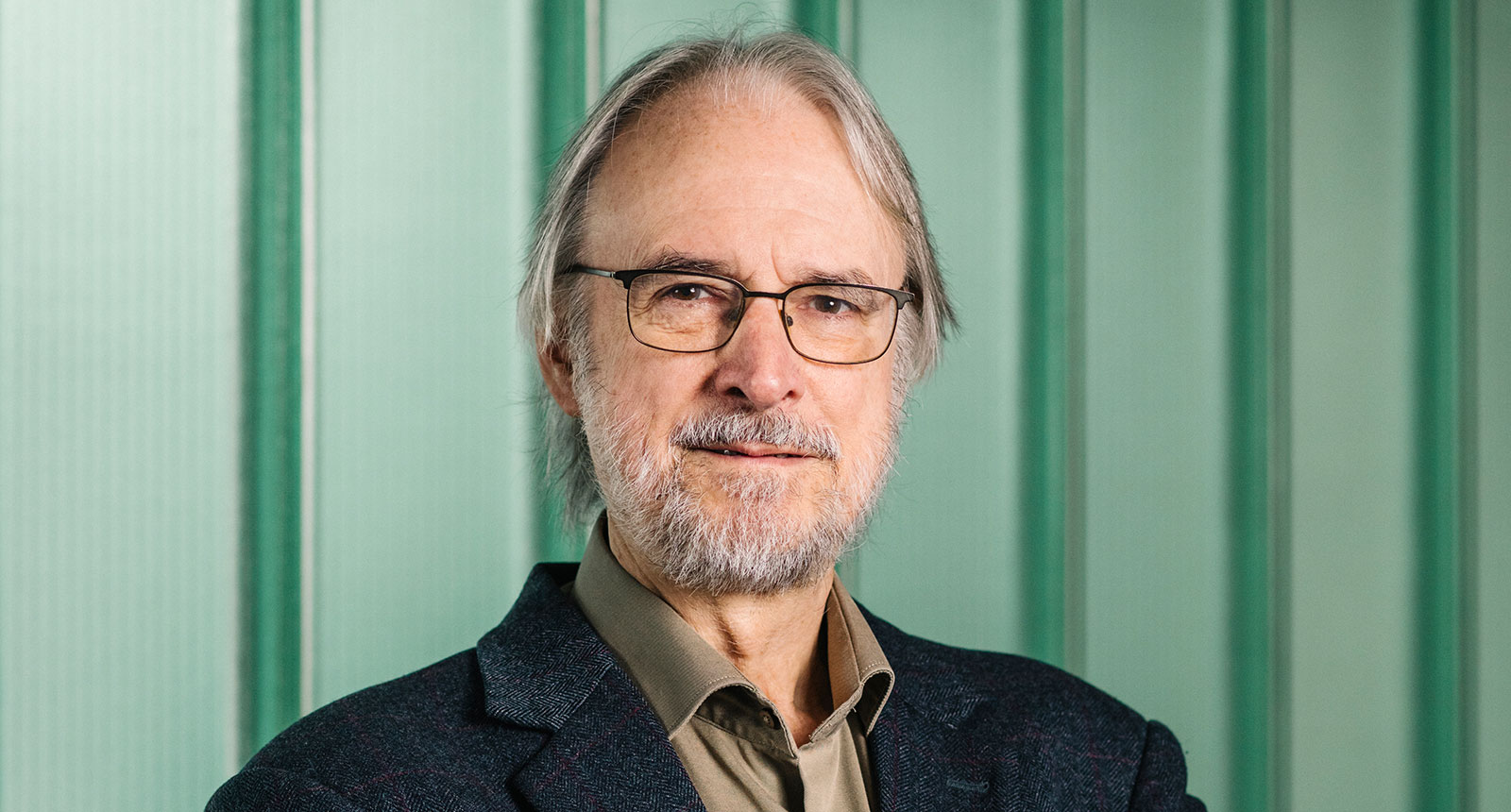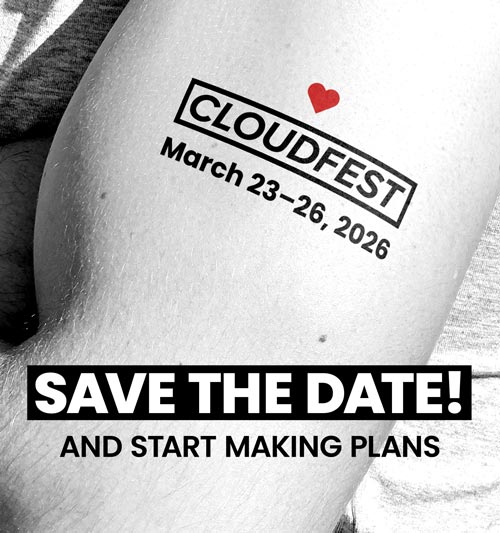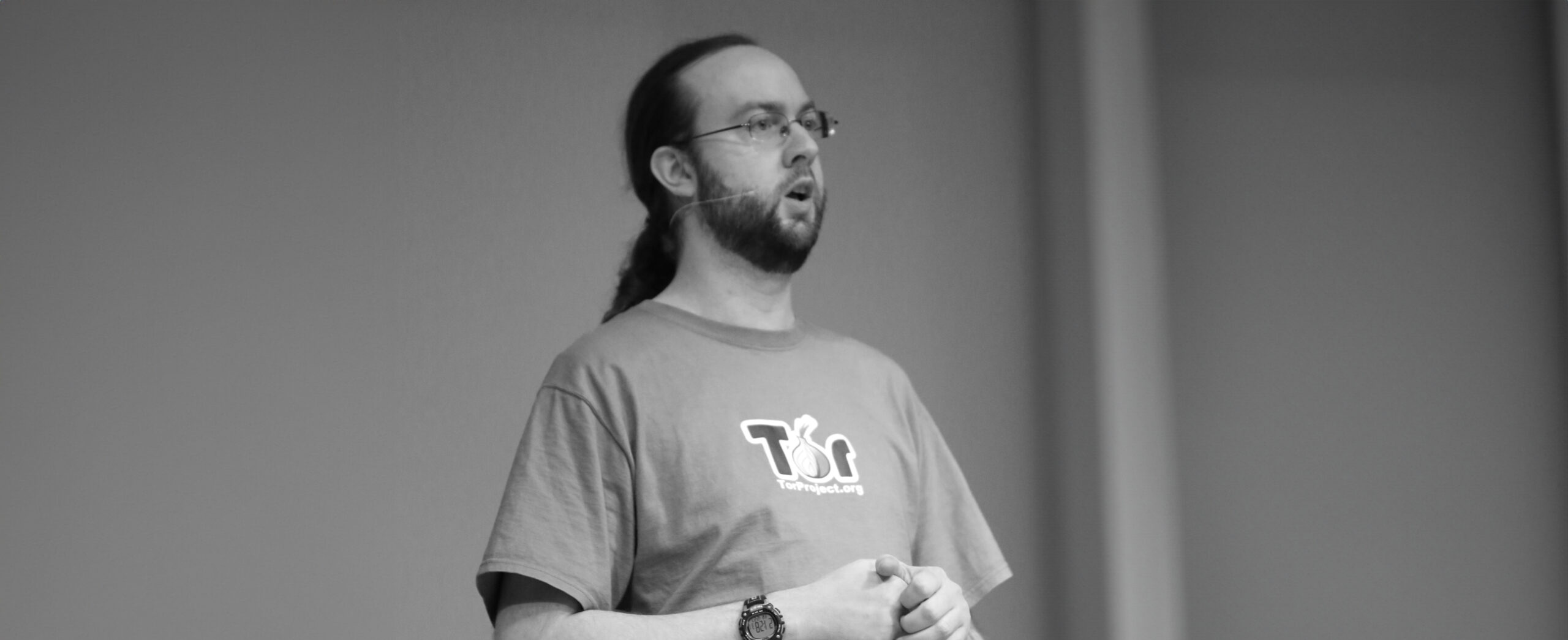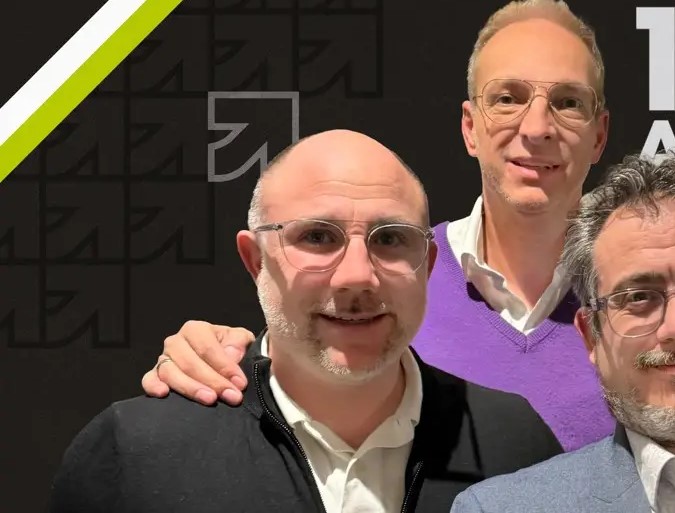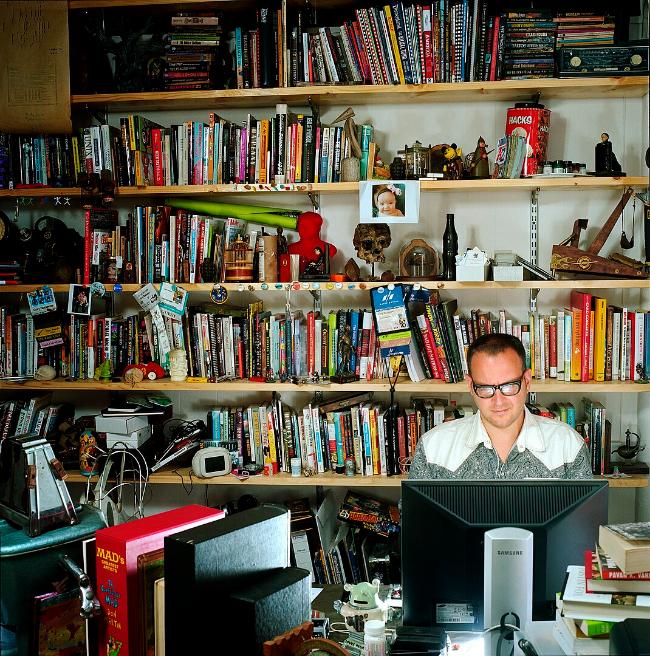We are excited to welcome MP3 format creator and Internet Hall-of-Famer Karlheinz Brandenburg to CloudFest 2025. So excited, in fact, that we can’t wait until March! Let’s get to know him now, as a sort of warmup. The timing is perfect, as the MP3 approaches its 30th birthday. This revolutionary technology has brought thousands of songs into your pocket, empowered musicians to record in their bedrooms, and made Apple the heavyweight it is today by making the iPod a viable product. You’re no longer carrying around cassette tapes, MiniDiscs, CDs, or vinyl* for your portable music player—for that, you can thank Karlheinz and his team.
We have to get this question in first: what was the very first song you listened to in MP3 format as a “regular listener”?
This particular information is lost in the mists of history! Since my team always listened to many different styles and types of music—individual instruments, sung music, and complex musical content from symphony orchestras to heavy metal— there was no one style we particularly listened to during the process, with the exception of “Tom’s Diner” as a “worst case item”. [Suzanne Vega’s a cappella version was used to test the compression capabilities of the new format—and now it’s stuck in your head.]
I didn’t use MP3 “as a regular listener” until many years later, when MP3 players were available to buy and I brought one with me on vacation. So I suppose it was whatever I happened to be listening to at the time!
What led you to work in audio coding?
I had just finalized my thesis work at the lab of Prof. Dieter Seitzer. He had some five years earlier thought about transmitting music to people’s homes via ISDN. A patent examiner told him that, according to the state of the art, this could not be done. The bitrate needed for high quality music was, at that time, much higher than what could go over ISDN lines to homes. Prof. Seitzer was looking for a student who would check which audio quality was possible at what bitrate. I surprised myself in finding that, given the right ideas, it is possible to get CD-quality audio down to 128kbit/s. Of course, this took many years of work and had to include the ideas of many other people as well.
People call you “the father of MP3”, whether you like it or not. Your kid is all grown up now, and new generations of audio format are dominating the streaming era. What has it been like to see AAC come to the foreground?
This was very rewarding: while I was no longer the university guy sitting at the computer to write code for AAC, our group at Fraunhofer-IIS in Erlangen (including myself with some ideas) had major contributions to AAC. I became the department head who organized work on what became AAC, so I view AAC in some sense as “my kid” as well. When I left Erlangen, it was very rewarding to see the group at Fraunhofer IIS grow and become an even stronger house in the area of audio signal processing.
Follow CloudFest on Social Media
What do you think would be the characteristics of the format that replaces what we’re streaming with today?
I think that the “format wars” of the 90s and early 2000’s are over. Streaming services today use a number of formats, including still MP3, AAC, HeAAC and others.
The next big topic will be to bring immersive audio to the homes of people. The ideal format for this would be ADM, standardized by the ITU (International Telecommunications Union) in 2020. This allows the listener to stream multichannel content together with metadata, meaning the position of the sound sources. We will even get immersive audio over phone connections—there has been a lot of recent research on that.
Up to now, these systems need a lot of loudspeakers to play back immersive sound. My current company, Brandenburg Labs GmbH, now has its first products for the professional market, marking the entry of headphones which really give you a realistic immersive sound into the consumer markets. Once these are widely available, we can listen to sound which is more realistic than anything available today.
You and your team were early explorers of the world where music and computer science meet. Today, one of the more exciting potentials of AI is machine listening. What audio-related projects would you like to see come to fruition, now that so much more is possible?
AI is already used for auditory scene analysis or music information retrieval, recognizing music or instruments. At Fraunhofer IDMT in Ilmenau, we have 20+ years of experience with that. We will see many more applications of such techniques. I am a skeptic when people promise to again transmit music over much lower bitrates by applying AI. There is a nearly unlimited amount of music around. To get this variety of music into a machine learning based system has shown some early success, but it is not a proven technology.
We will get much deeper into the more serious stuff with Karlheinz Brandenburg at CloudFest 2025, taking place March 17-20 at Europa-Park in Rust, Germany. If your personal Venn diagram overlaps between “internet infrastructure professional” and “music lover”, then this session is tailor-made for you!
